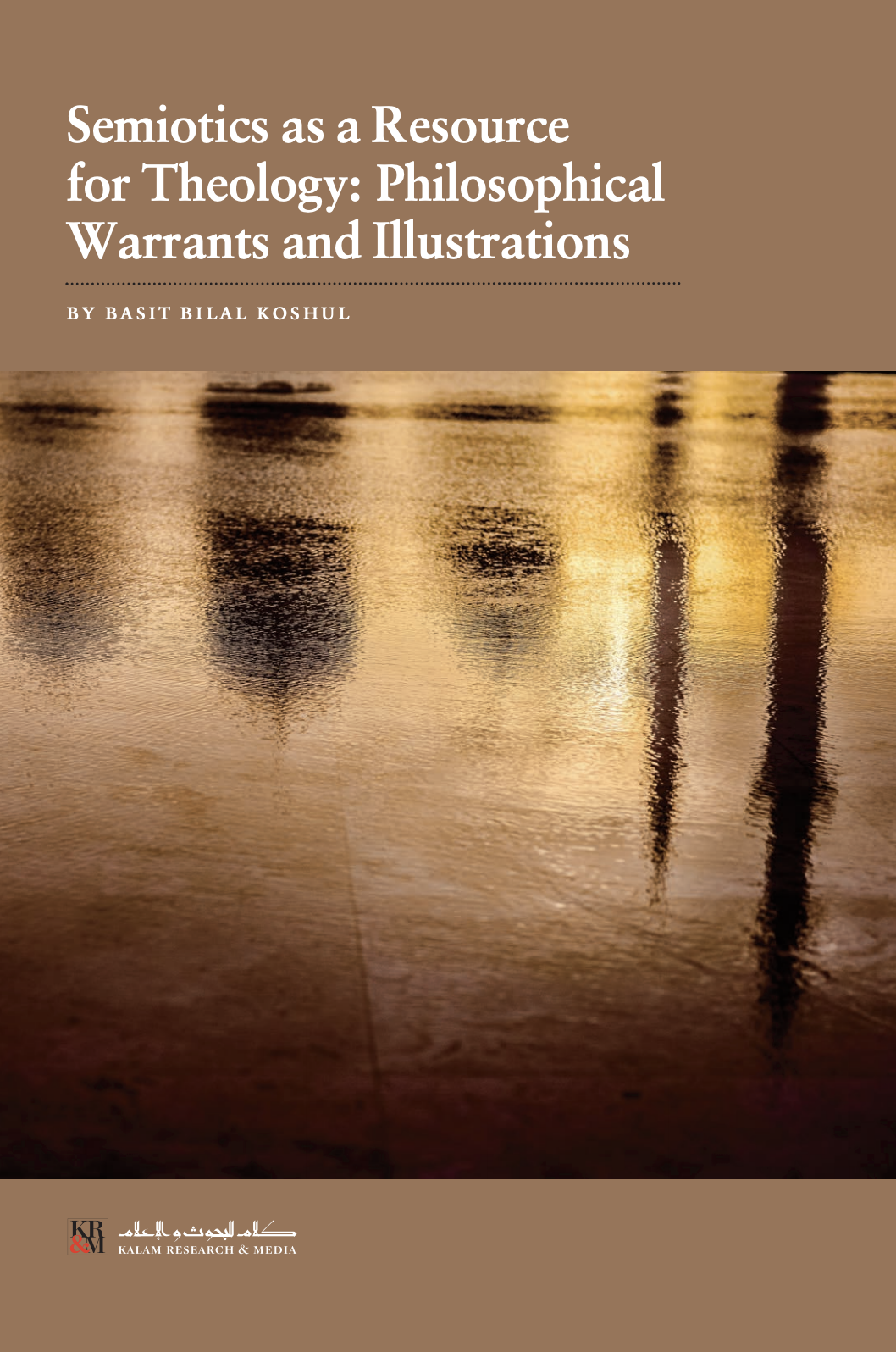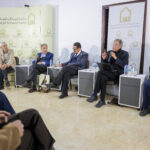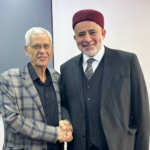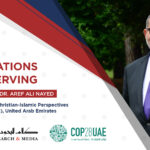Download here: Monograph
Semiotics as a Resource for Theology:
In Semiotics as a Resource for Theology the author, Basit Bilal Koshul, argues that semiotics contains untapped “analytic” resources that can enrich theology. He makes his case by offering philosophical warrants and illustrations that can be gleaned from a comparative study of the projects for reconstruction proposed by John Dewey and Muhammad Iqbal (independently of each other) in the early part of the 20th century. When Dewey’s Reconstruction in Philosophy and Iqbal’s Reconstruction of Religious Thought in Islam are studied together we find the two thinkers largely in agreement on three key points: a) the beginning point of reconstruction, b) the most daunting obstacles to reconstruction and c) the contribution that modern science can make to reconstruction. For both Dewey and Iqbal the beginning point of reconstructing philosophy and religious thought (theology) is to confer (respectively) epistemological and metaphysical dignity on the material world, temporal flux and the human element. The biggest hurdle in taking this first step towards reconstruction is the classical Greek philosophical tradition. Because of the pre-scientific era in which this tradition emerged and evolved, it embodies a dismissive attitude towards matter, time and human subjectivity in both epistemological and metaphysical terms—an attitude that continues to profoundly influence modern philosophical and religious thought. Developments in modern science give us the ability to put forward a probabilistic and testable hypothesis that challenges the classical philosophical conceptions—thereby making it possible to begin the task of philosophical reconstruction envisioned by Dewey and theological reconstruction envisioned by Iqbal.
The triadic semiotics offered by Charles Sanders Peirce helps us to better understand the need for reconstruction advocated by Dewey and Iqbal, while giving us the conceptual tools needed to carry out this task. Peirce’s semiotics provides the logical framework of an integrated philosophy of science and philosophy of religion. The former allows for the logical analysis of post-Newtonian natural science. This analysis shows that in the universe described by post-Newtonian science, philosophy must confer epistemological value on the material world, temporal flux and the human element. The latter makes a major contribution to the rediscovery of reason and logic in the scriptures and traditions of Islam, Judaism and Christianity in the aftermath of historical-critical studies and the hermeneutics of suspicion. In short, Peirce’s semiotics can be viewed as a type of “analytic” philosophy that is as open to post-Newtonian developments in modern science as it is to post-foundationalist and post-critical developments in scriptural and religious studies. This monograph will offer illustrative examples of how Peirce’s semiotics can contribute to building “analytic” resources for theology. The Afterword, “Iqbal, Peirce and Modernity” written by Peter Ochs, will show how Iqbal’s insights, when combined with Peirce’s analysis, help us to better understand the theological challenges posed by secular modernity—at the same time that is helps us to better appreciate the intellectual resources that modernity offers to articulate a more intelligible and effective response.






